People in Japan, the world's third-largest economy , have struggled with skyrocketing prices since the Russia-Ukraine war broke out early last year, while Mr Kishida's approval rating is at its lowest since he took office in 2021.
"The most important pillar of these comprehensive economic measures is to strengthen supply capacity to improve companies' earning power," Kishida said at a meeting between the government and ruling party officials on November 2, according to AFP.
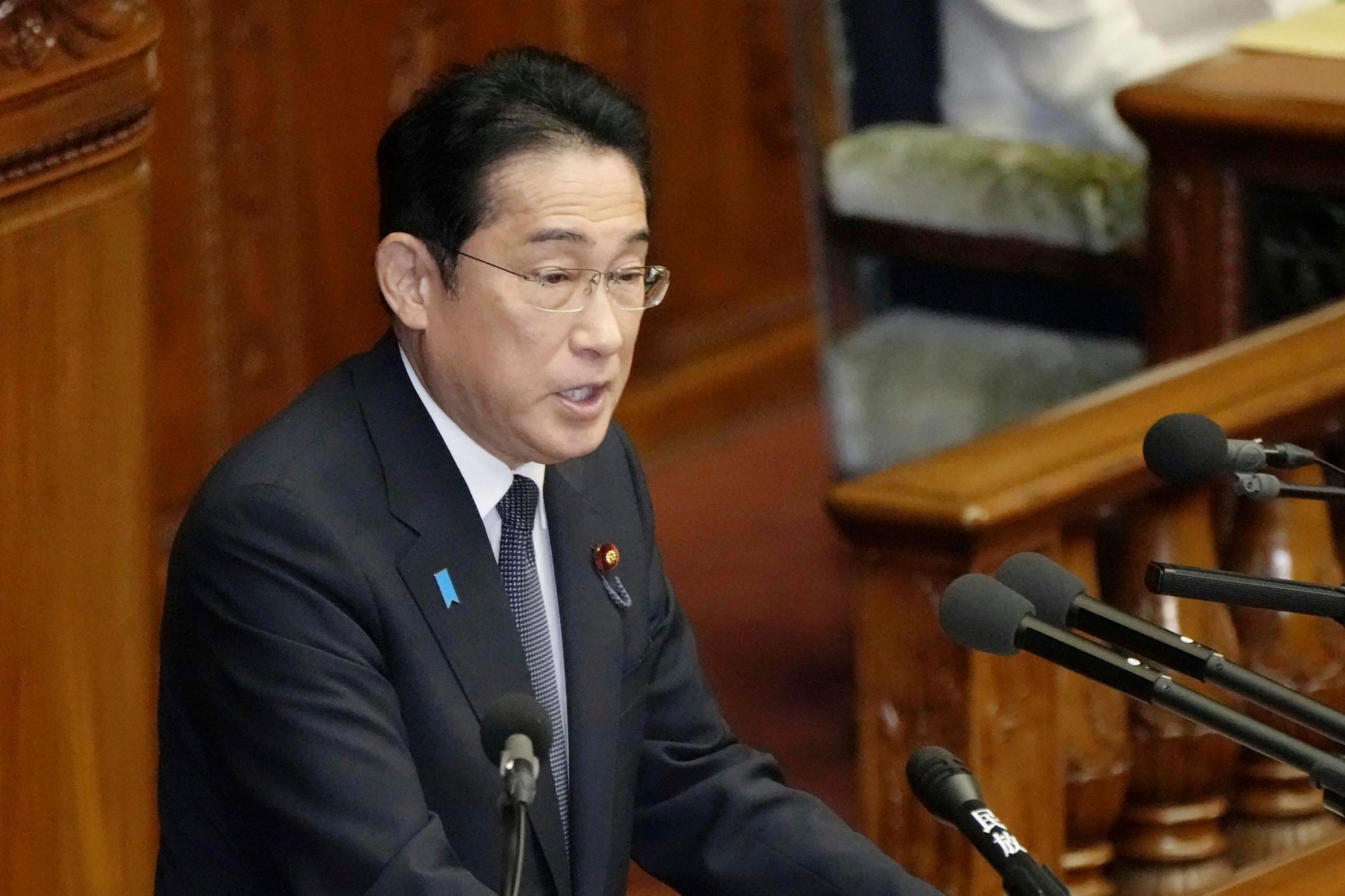
Prime Minister Kishida
The centerpiece of the stimulus plan is a temporary cut in the income tax and residence tax worth more than 3 trillion yen, starting in June 2024. According to Nikkei Asia , the Japanese government plans to reduce income tax by 30,000 yen and residence tax by 10,000 yen per person. Low-income households, which are already exempt from paying residence tax, will receive 70,000 yen.
The plan also includes extending subsidies until the end of April 2024 to ease the burden amid rising gasoline, electricity and gas prices.
Japan's core consumer price index rose 2.8 percent year-on-year in September, slowing from a 3.1 percent increase in August, official data showed. But food prices, excluding fresh produce, rose 8.8 percent.
The Japanese government will prepare a draft supplementary budget worth about 13.1 trillion yen to be presented during the current parliamentary session to finance the economic stimulus plan.
The plan was announced as public support for Mr. Kishida’s cabinet fell to 33%, according to a poll conducted by Nikkei and TV Tokyo from October 27 to 29, down 9 percentage points from the September poll. This is the lowest level since he took office in October 2021.
About 65% of respondents said that tax cuts are not an appropriate measure to deal with rising prices, while 24% agreed with this.
US economy recovers, consumers are pessimistic again
Source link





![[Photo] Binh Trieu 1 Bridge has been completed, raised by 1.1m, and will open to traffic at the end of November.](https://vphoto.vietnam.vn/thumb/1200x675/vietnam/resource/IMAGE/2025/10/2/a6549e2a3b5848a1ba76a1ded6141fae)




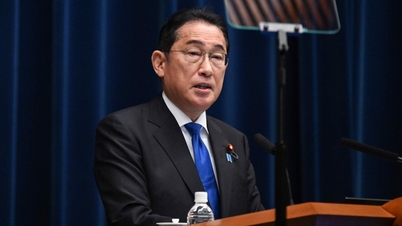

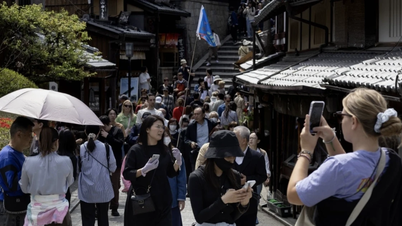


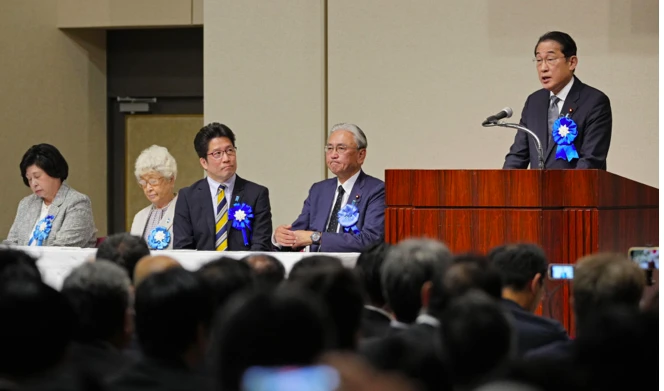







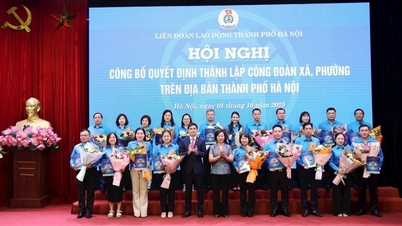































































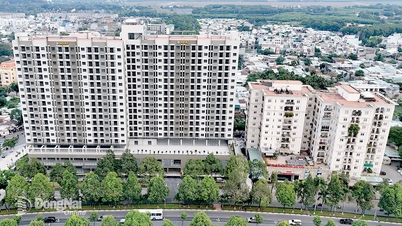














Comment (0)